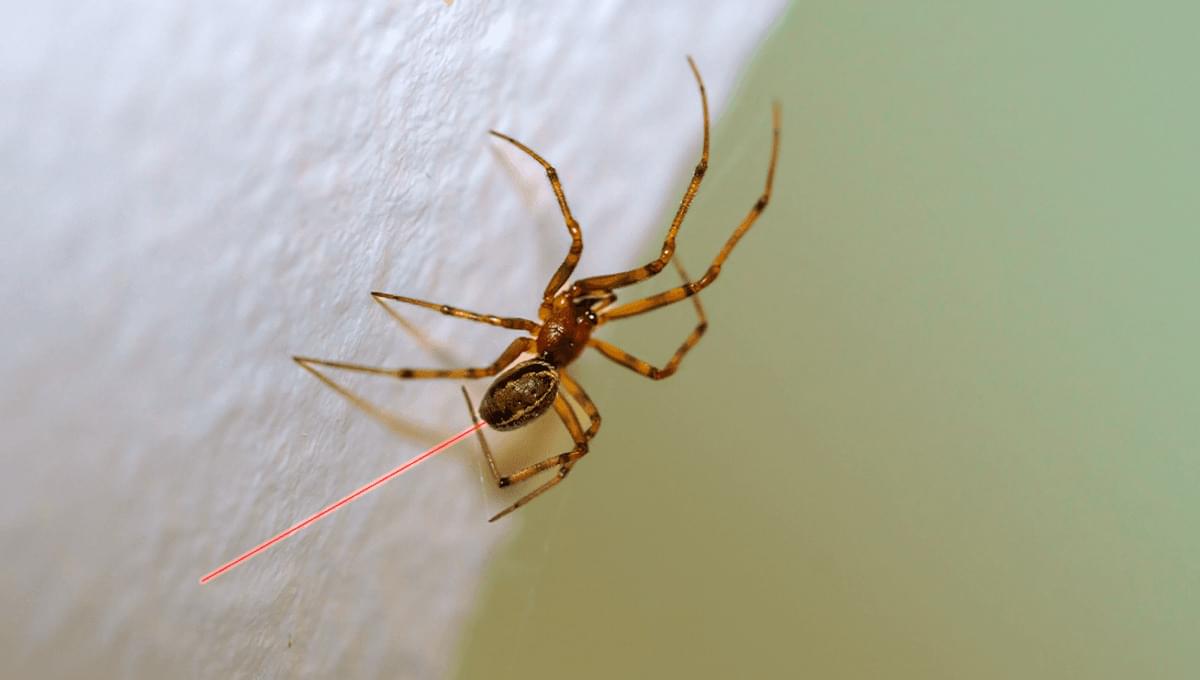One of the reasons why this has never happened before is that spiders themselves are difficult organisms to work with within the laboratory. They are a diverse group, have a complex genome structure, and their cannibalistic nature means that they have to be reared individually, otherwise their cage neighbors would be gobbled up. Despite this, new developments in Parasteatoda tepidariorum have allowed this species to become a research model.
The research team looked into spider silk as the target. Spider silk is an incredibly strong and scientifically interesting substance, as it is five times stronger than a steel cable of the same weight, tear-resistant, while also being biodegradable, lightweight, and elastic.
To genetically modify this arachnophobe’s nightmare, the scientists developed an injection solution. This had a gene-editing system that also included a red fluorescent protein gene sequence. This solution was then injected into oocytes inside unfertilized female spiders, when these spiders mated with males, it resulted in the genetically modified offspring.
